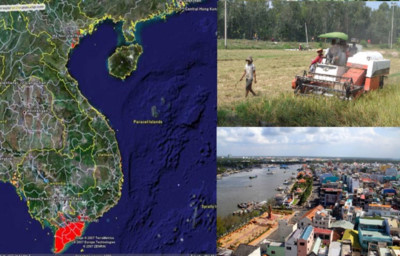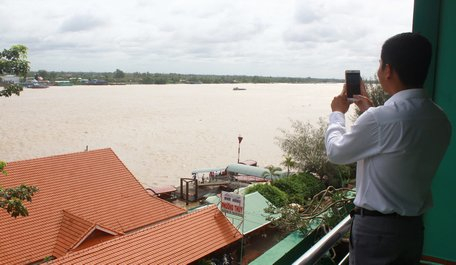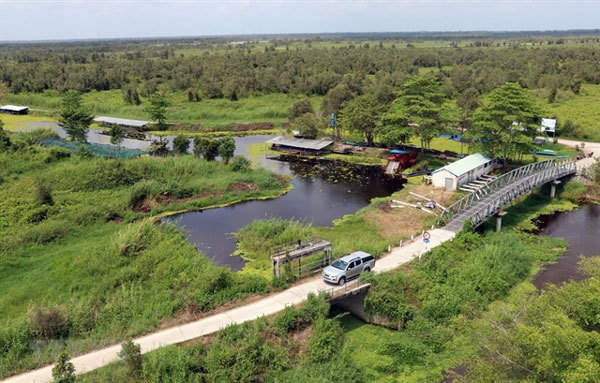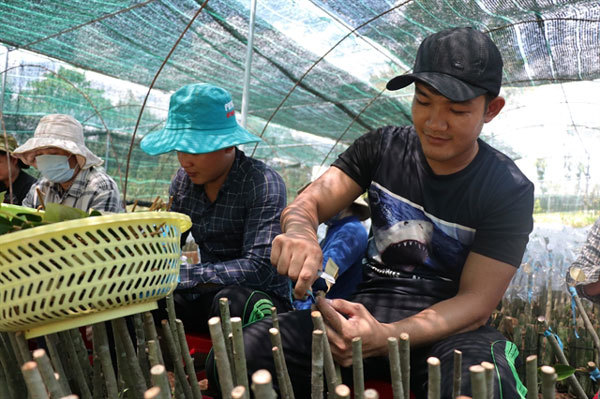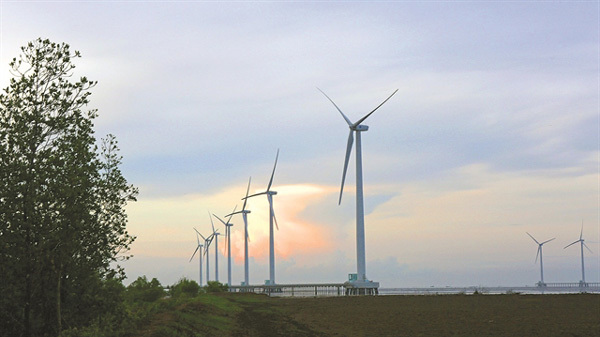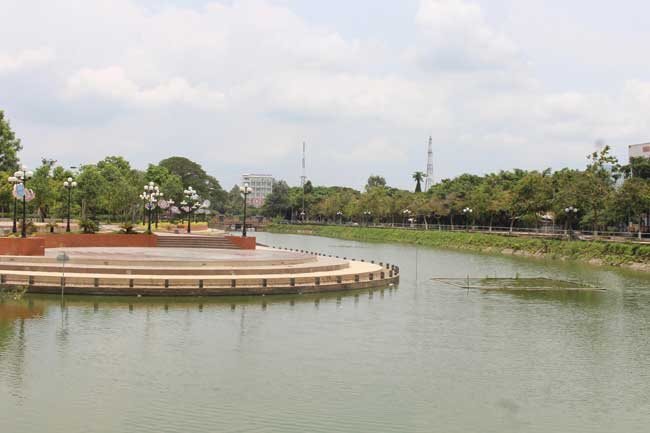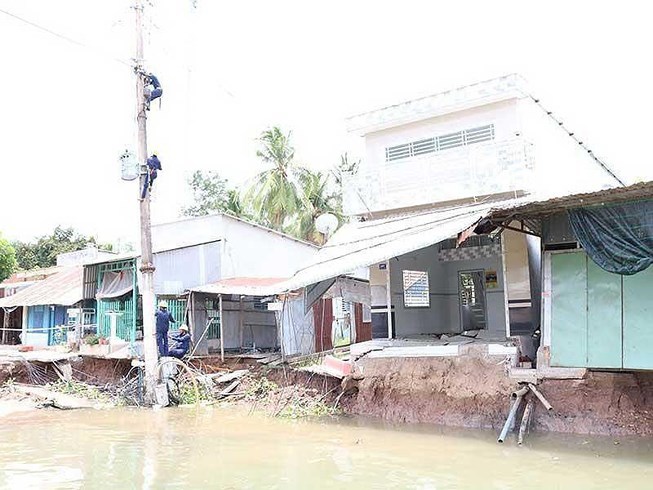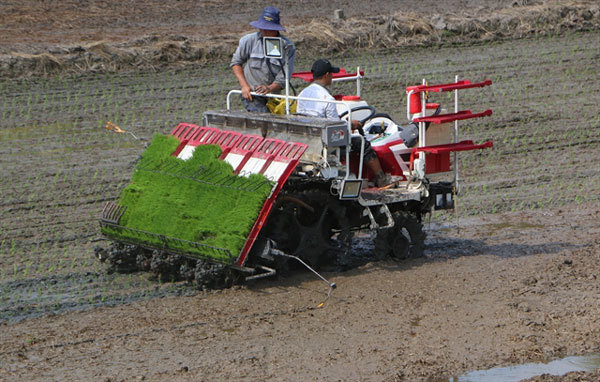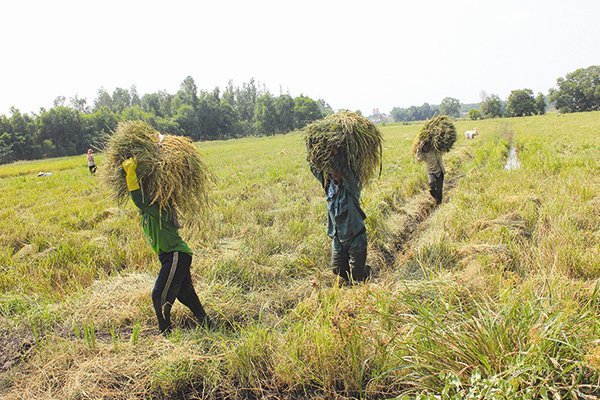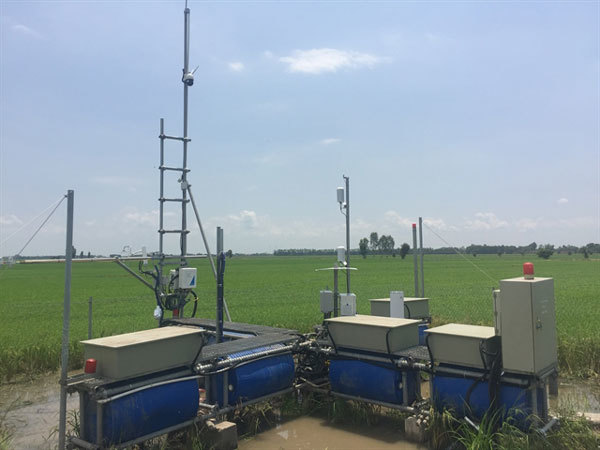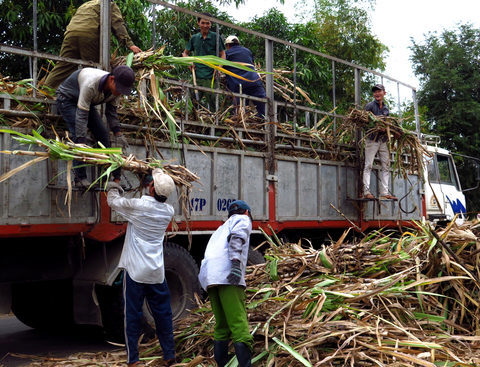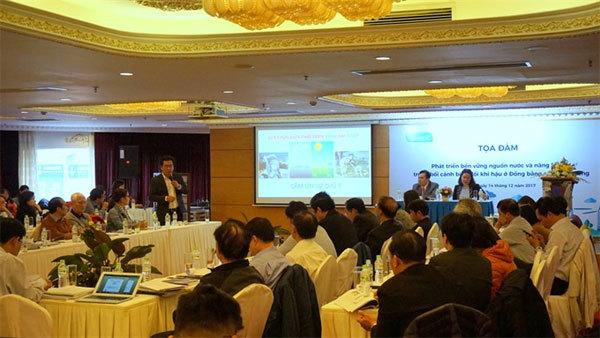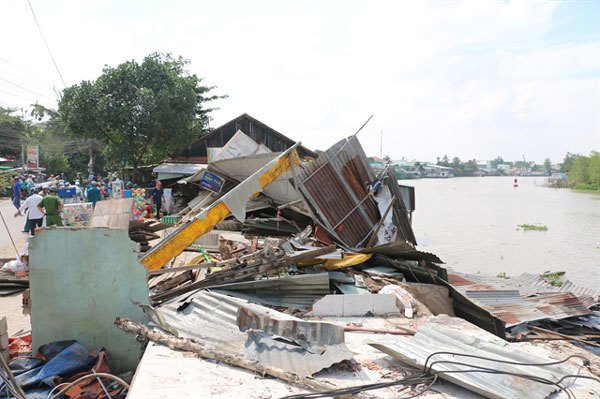- © Copyright of Vietnamnet Global.
- Tel: 024 3772 7988 Fax: (024) 37722734
- Email: [email protected]
mekong delta
Update news mekong delta
Vietnamese people join hands to save Mekong River
 Individuals, organizations and businesses are spending money, effort and time to clean up the Mekong River.
Individuals, organizations and businesses are spending money, effort and time to clean up the Mekong River.
Mekong Delta re-plans in response to climate change
 After nearly two years of implementing a government resolution on sustainable and climate resilient development of the Mekong Delta, known as Resolution 120, a number of policies have been revised to enable the region’s comprehensive development.
After nearly two years of implementing a government resolution on sustainable and climate resilient development of the Mekong Delta, known as Resolution 120, a number of policies have been revised to enable the region’s comprehensive development.
Local authorities stop sea-encroaching projects, take back land
 The Binh Dinh provincial authorities have decided to clear three large hotels in coastal areas to reserve the entire coast of Quy Nho Bay for the community.
The Binh Dinh provincial authorities have decided to clear three large hotels in coastal areas to reserve the entire coast of Quy Nho Bay for the community.
Mekong Delta faces severe climate risks
 Nguyen Huu Thien, talks to the newspaper Thanh Niên (Young People) on the eco-system in the Mekong Delta and threats from climate change.
Nguyen Huu Thien, talks to the newspaper Thanh Niên (Young People) on the eco-system in the Mekong Delta and threats from climate change.
Mekong Delta to have quality breed sources for fishery, fruit and rice
 The Ministry of Agriculture and Rural Development has implemented several measures to develop the best breeding sources to produce seeds for the delta’s fishery, fruit and rice sectors by 2025.
The Ministry of Agriculture and Rural Development has implemented several measures to develop the best breeding sources to produce seeds for the delta’s fishery, fruit and rice sectors by 2025.
Mekong Delta to be urged to apply technologies to adapt to climate changes
 The Fourth Industrial Revolution has created many technological achievements to help people conquer nature, Prime Minister Nguyen Xuan Phuc said yesterday.
The Fourth Industrial Revolution has created many technological achievements to help people conquer nature, Prime Minister Nguyen Xuan Phuc said yesterday.
Mekong Delta sinking sparks concern
 Excessive groundwater exploitation is one of the main causes of land subsidence in the Mekong Delta region, the local media reported, citing sources at the Ministry of Natural Resources and Environment.
Excessive groundwater exploitation is one of the main causes of land subsidence in the Mekong Delta region, the local media reported, citing sources at the Ministry of Natural Resources and Environment.
Will the Mekong Delta sink by 2100?
 The Mekong Delta loses 300 hectares of land each year because of river and coastline erosion, according to the Ministry of Agriculture and Rural Development (MARD).
The Mekong Delta loses 300 hectares of land each year because of river and coastline erosion, according to the Ministry of Agriculture and Rural Development (MARD).
Is the 'hot' development period of the aviation market over?
 Vietnam’s aviation market has shown signs of a growth slowdown since 2017 after a hot development period that extended to 2016.
Vietnam’s aviation market has shown signs of a growth slowdown since 2017 after a hot development period that extended to 2016.
Vietnam's Mekong Delta embraces smart rice farming
 The Cuu Long (Mekong) Delta’s 12 provinces and Can Tho City are increasingly switching to smart rice farming to improve yields and cut costs and protect the environment.
The Cuu Long (Mekong) Delta’s 12 provinces and Can Tho City are increasingly switching to smart rice farming to improve yields and cut costs and protect the environment.
Vietnam's Mekong Delta takes action to prevent drowning incidents
 The Mekong Delta has the highest rate of drowning in the country, particularly in Dong Thap Province, where the number of deaths due to drowning is 10 times higher compared to that of dengue fever and hand, foot and mouth disease combined.
The Mekong Delta has the highest rate of drowning in the country, particularly in Dong Thap Province, where the number of deaths due to drowning is 10 times higher compared to that of dengue fever and hand, foot and mouth disease combined.
With more flights, Mekong Delta’s economy can prosper
 Seven more domestic and international air routes departing in Can Tho City have been launched since April, helping develop tourism, investment and trade for the entire Mekong Delta region.
Seven more domestic and international air routes departing in Can Tho City have been launched since April, helping develop tourism, investment and trade for the entire Mekong Delta region.
Vietnam's Mekong Delta farmers improve on tricks of the trade in climate battle
 The impact of climate change on agriculture and aquaculture in the Mekong Delta region of Vietnam over the years is forcing local farmers and enterprises to adapt by implementing more effective solutions.
The impact of climate change on agriculture and aquaculture in the Mekong Delta region of Vietnam over the years is forcing local farmers and enterprises to adapt by implementing more effective solutions.
Rice production in Vietnam's Mekong Delta took wrong path: expert
 While the entire society was still in dreaming of being a rice export power, farmers were realistic, realizing that the higher the yield of rice, the lower profit they would get because of higher fertilizer and pesticide costs.
While the entire society was still in dreaming of being a rice export power, farmers were realistic, realizing that the higher the yield of rice, the lower profit they would get because of higher fertilizer and pesticide costs.
VN university sets up station to monitor greenhouse gas emissions
 The University of Science under the Vietnam National University-HCM City has set up the first greenhouse gas monitoring station in the buffer zone of the Lang Sen Wetland Reserve in the Mekong Delta province of Long An.
The University of Science under the Vietnam National University-HCM City has set up the first greenhouse gas monitoring station in the buffer zone of the Lang Sen Wetland Reserve in the Mekong Delta province of Long An.
Waterway transport still limited in Vietnam despite potential
 Only 50 percent of Vietnam’s inland waterway network, measured in kilometers (19,000), is easily navigable, according to the Department of Inland Waterway.
Only 50 percent of Vietnam’s inland waterway network, measured in kilometers (19,000), is easily navigable, according to the Department of Inland Waterway.
Sugar companies in danger of going bankrupt
 Sugar companies are in such danger that the Ministry of Agriculture & Rural Development (MARD) on April 3 had to organize a meeting with the sugar association to discuss ways to rescue them.
Sugar companies are in such danger that the Ministry of Agriculture & Rural Development (MARD) on April 3 had to organize a meeting with the sugar association to discuss ways to rescue them.
Mekong Delta subsidence worsens as underground water exploitation continues
 The major reason behind the subsidence in Mekong Delta is the overexploitation of underground water.
The major reason behind the subsidence in Mekong Delta is the overexploitation of underground water.
Erosion-prevention measures urgently needed in Mekong Delta
The Mekong Delta needs sustainable measures and sufficient financial resources to mitigate serious erosion along rivers and coastal areas, Deputy Minister of Agriculture and Rural Development Ha Cong Tuan, has said.
Scientists suggest using sea water to save Mekong Delta from inundation
VietNamNet Bridge - In the face of the growing threat to the Mekong Delta, experts believe that the only solution is to restore natural aquifers.

